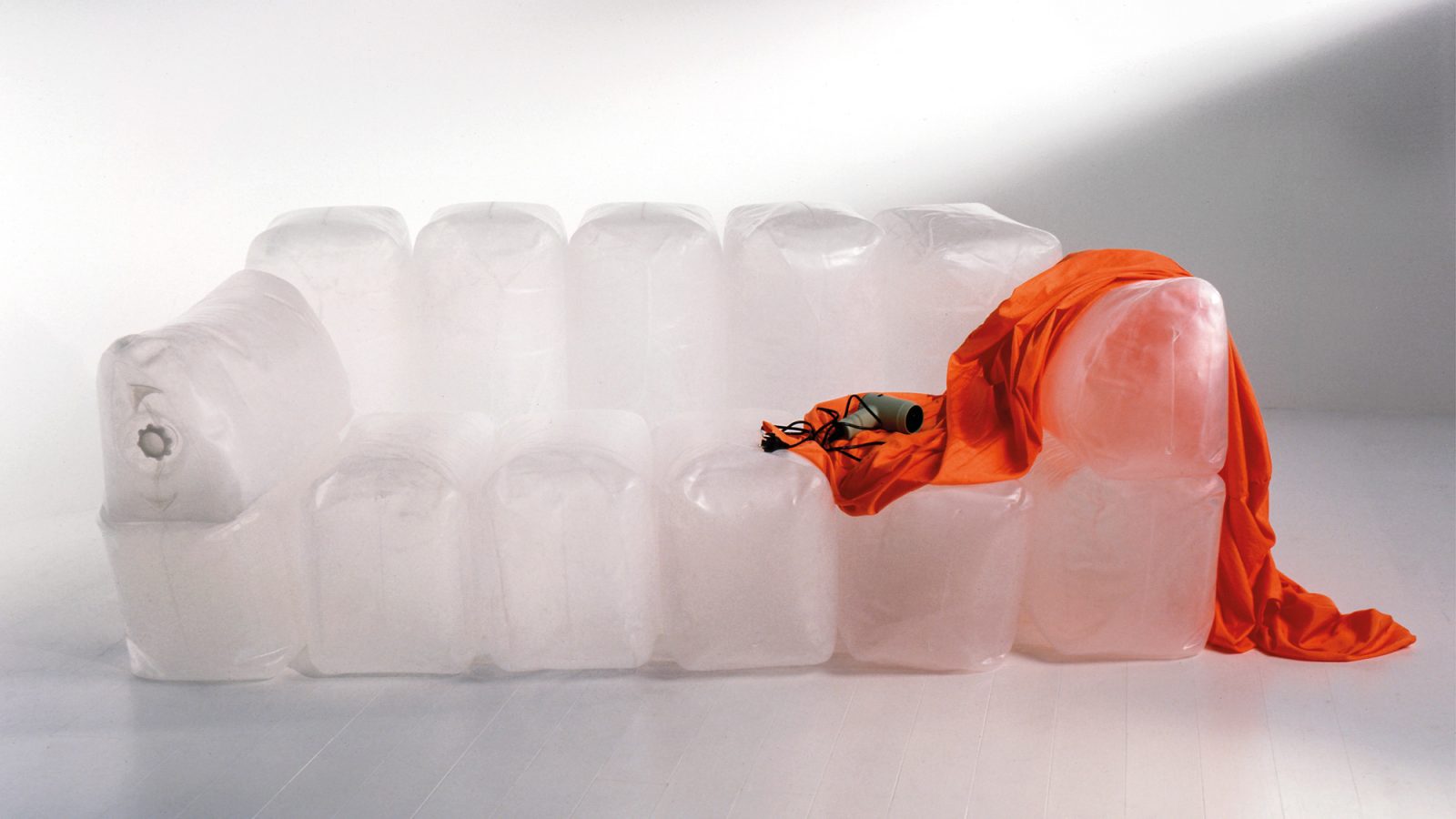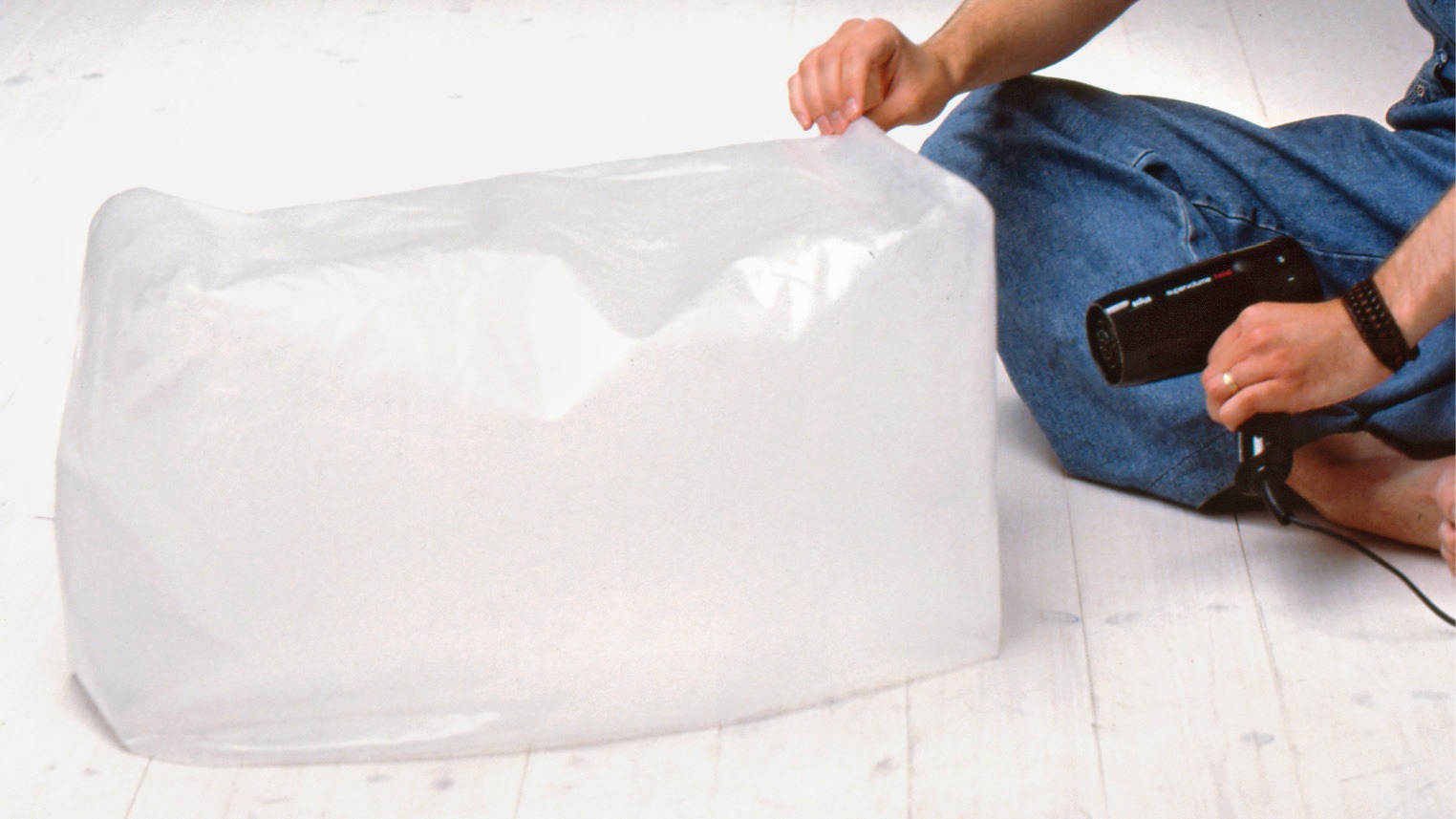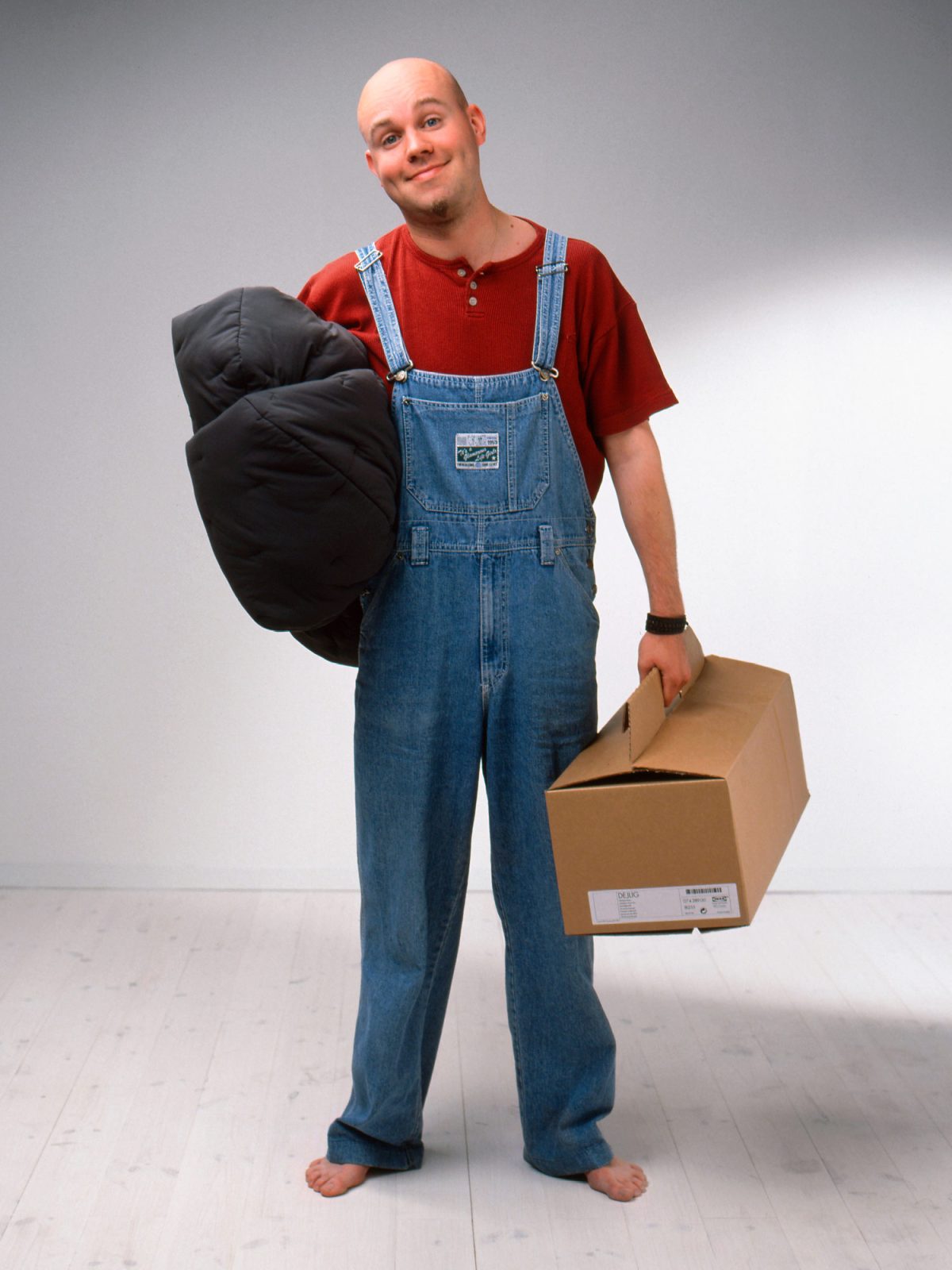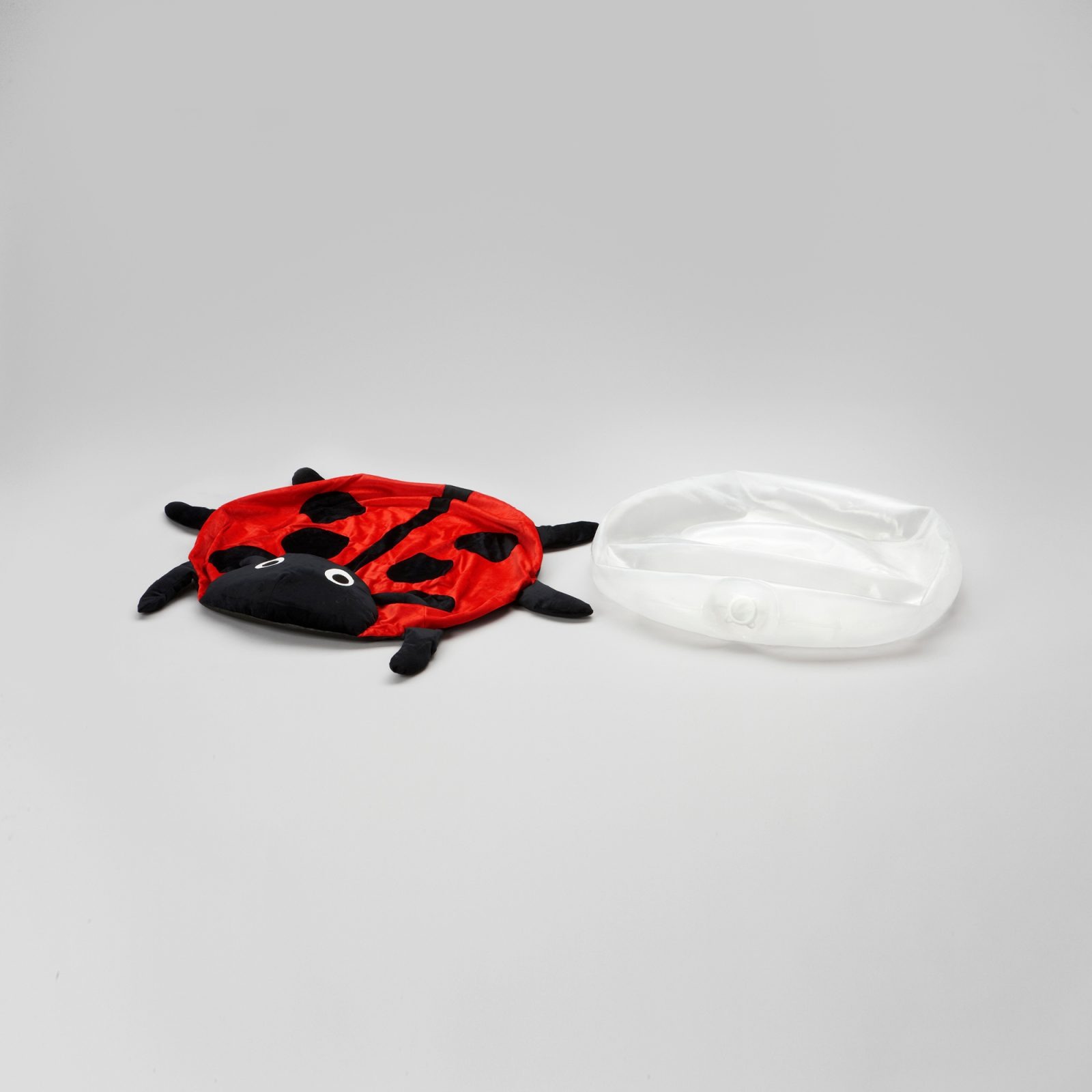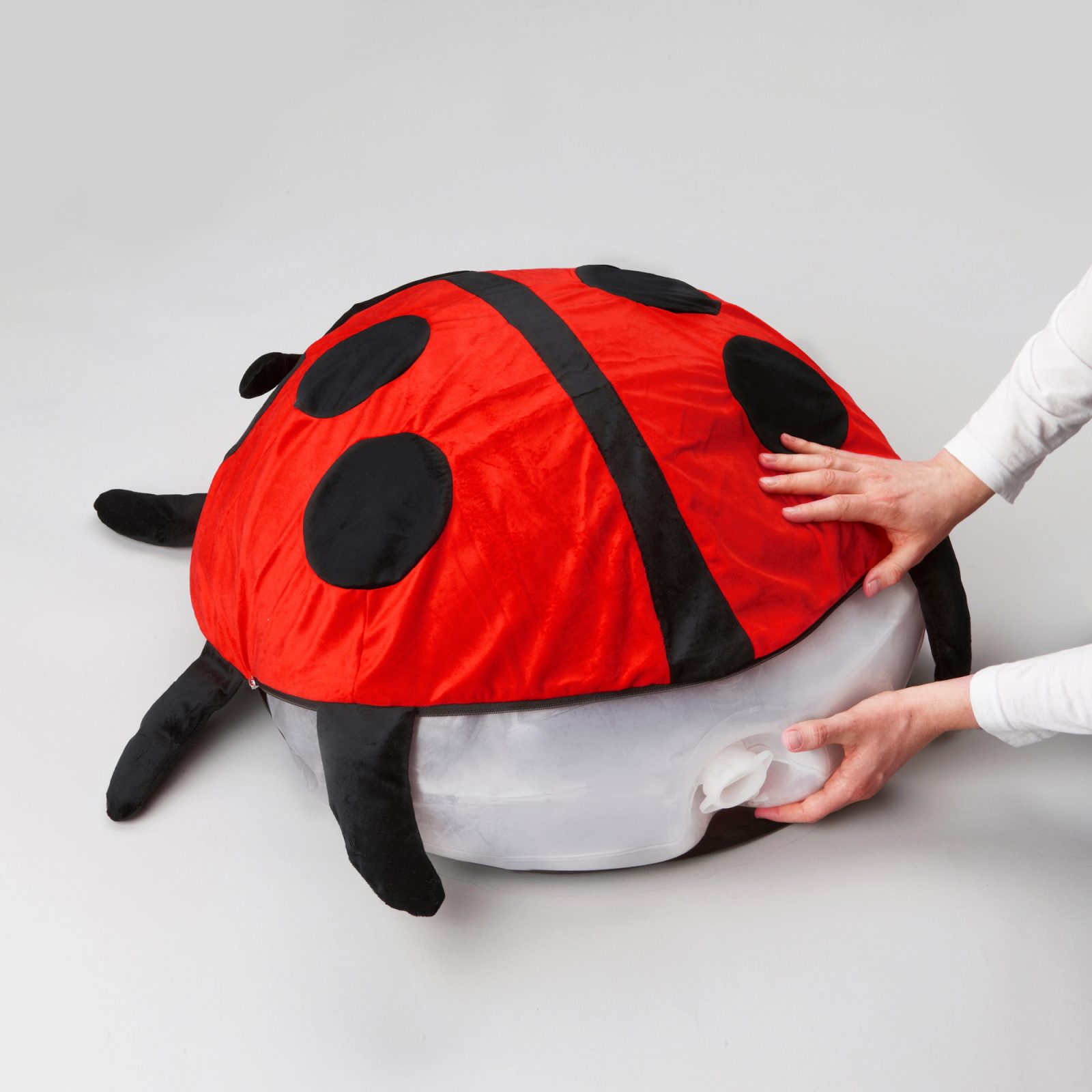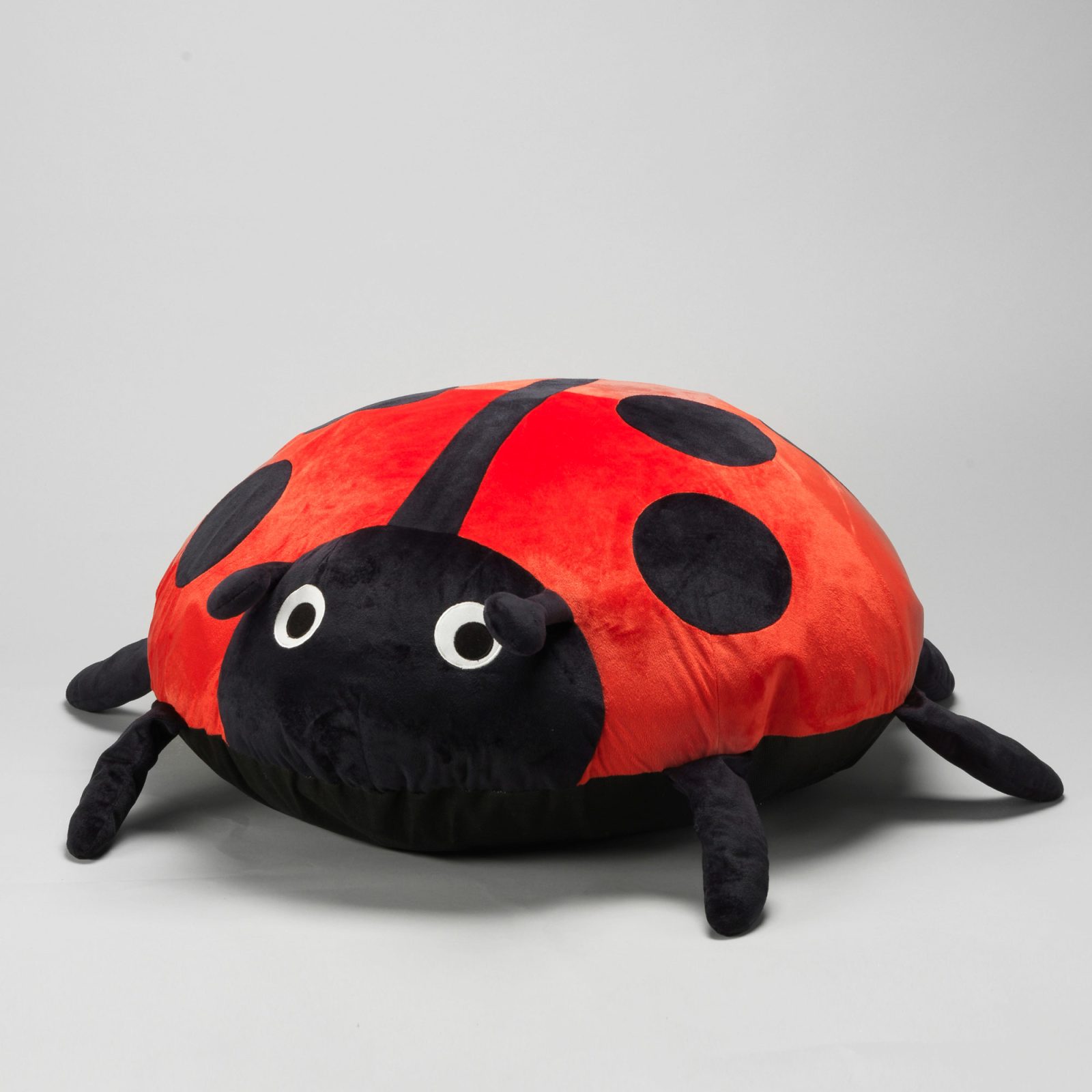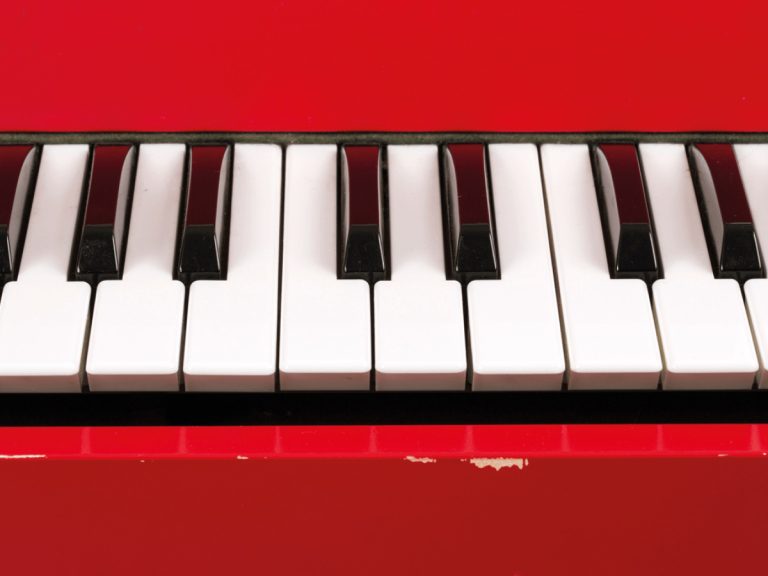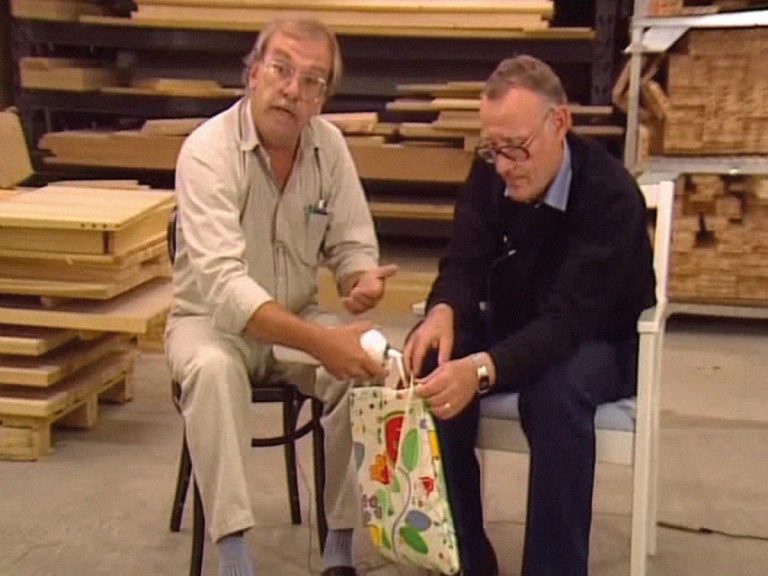Simplifying transport and reducing its cost was a lifelong cause for Ingvar Kamprad, but upholstered seating furniture with heavy wooden frames was a hard nut to crack. Inflatable sofas, light as air and packable in flatpacks, sounded like a dream to him, and to IKEA.
There had been attempts to mass produce inflatable design furniture since the late 1960s, when four young designers in the Italian Anti-Design movement created the chubby Blow easy chair, a pop icon in transparent PVC, for the company Zanotta. It was described as being ideal for modern young urbanites with a mobile lifestyle: easy to carry around in a backpack, inflate as required and pack away once the party was over.

